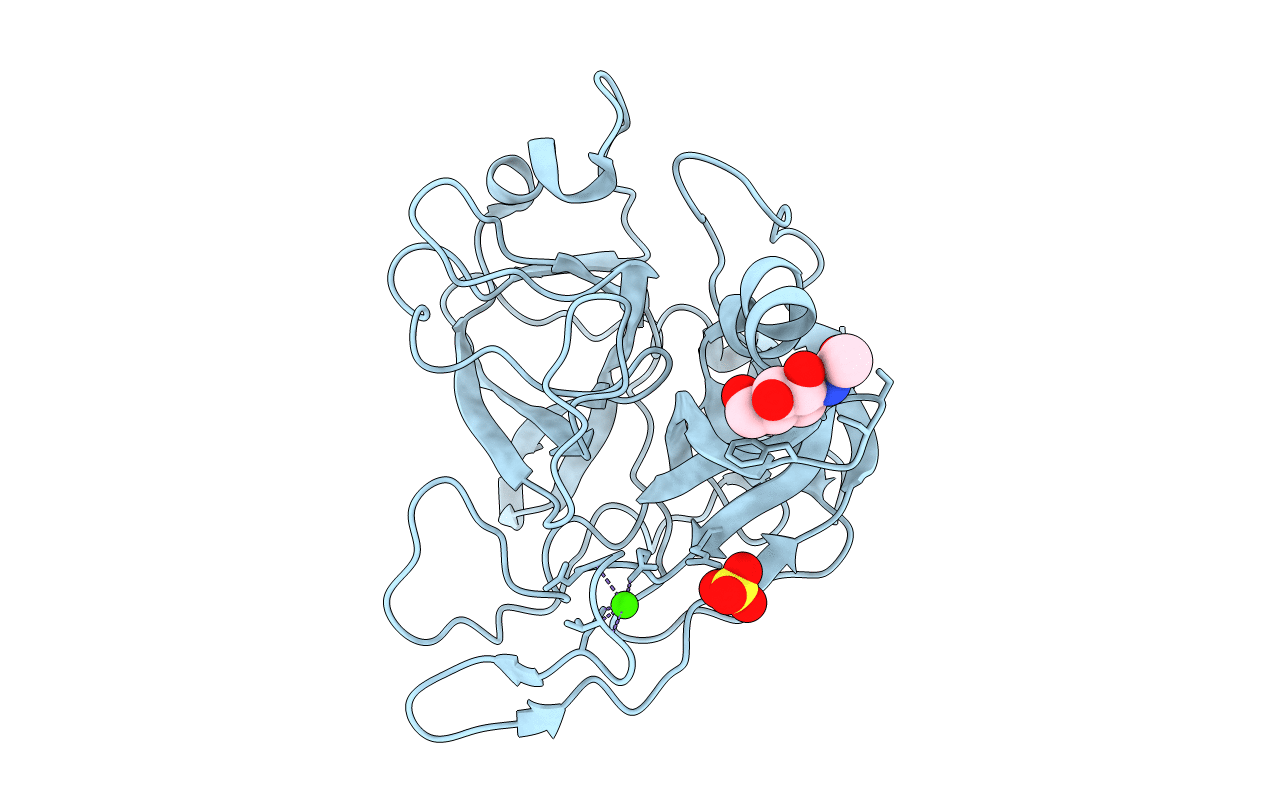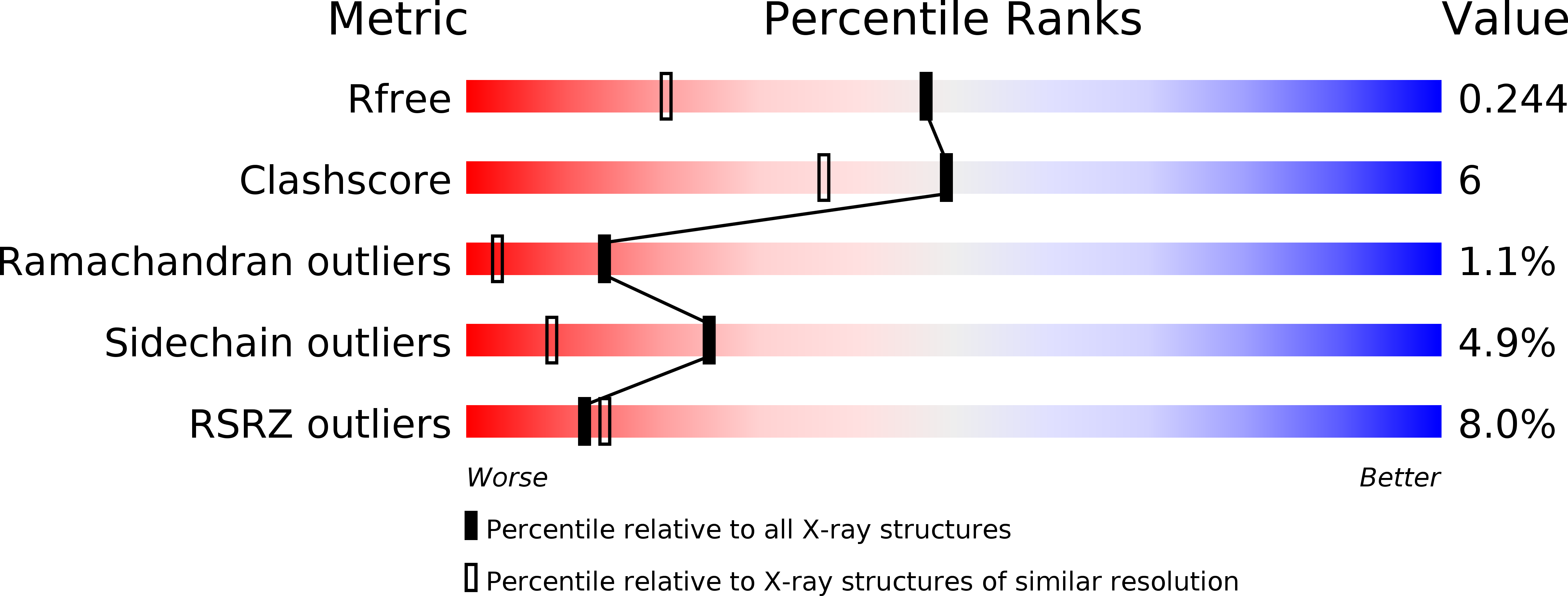
Deposition Date
2007-01-19
Release Date
2007-02-06
Last Version Date
2024-11-20
Entry Detail
PDB ID:
2OLG
Keywords:
Title:
Crystal structure of the serine protease domain of prophenoloxidase activating factor-I in a zymogen form
Biological Source:
Source Organism:
Holotrichia diomphalia (Taxon ID: 33394)
Host Organism:
Method Details:
Experimental Method:
Resolution:
1.70 Å
R-Value Free:
0.24
R-Value Work:
0.20
R-Value Observed:
0.20
Space Group:
P 21 21 21


